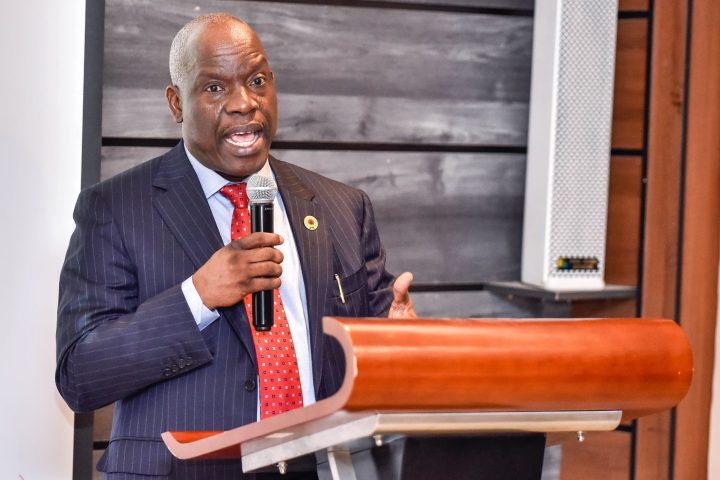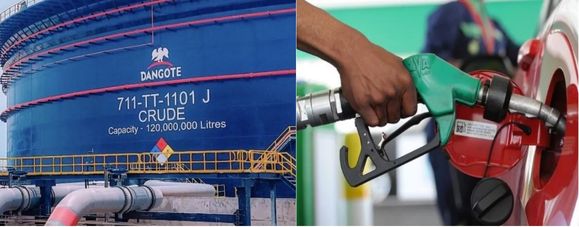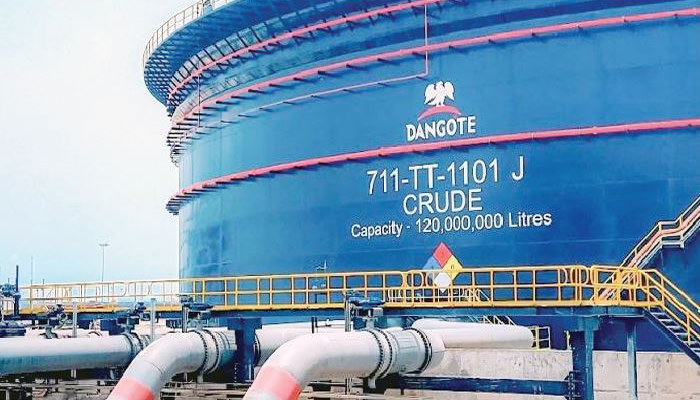By Joseph ‘Afamhe
There is hope for the African renaissance as the African Continental Free Trade Area (AfCFTA) took off in principle on January 1, 2021. Multilateralists hailed the agreement, the largest in the history of the World Trade Organisation (WTO), as a game-changer.
Join our WhatsApp ChannelReports say the regional pact covers a market of over 1.2 billion customers with a combined economy estimated at over $3 trillion. According to the World Bank, this has the potential to lift millions out of poverty and add $76 billion to the global economy.
But the success of the agreement hangs on the balance as historical challenge threatens its implementation. Insecurity, poor infrastructure, poor governance structure, exchange rate misalignment and associated challenges are as deafening as the excitement that welcome the ratification of the agreement.
Of concern, in addition to customs glitches, is the disconnection between the noble regional dream and the deprived infrastructure. Sure, there have been remarkable improvements in air transportation in the past decade, aiding intra-African human movements. But the continent still has a long way to go to achieve a single African market.
Data from the African Union Commission (AUC) says transport costs in Africa are 63 per cent higher than the average in the developed countries. Whereas the data are close to 10 years old, the situation may not have improved remarkably in the past decade. Rail and road infrastructure expected to increase the ease of movement and reduce costs has remained at conceptualisation stage.
Railway transport started in Africa at the end of the 19th century primarily to support the movement of extractive/primary commodities from the hinterlands to the ports. Over a century, many African countries lag behind the wheel of transformation of rail infrastructure in different parts of the world.
The entire African railway network is estimated at 75,000 km (excluding the most recent routes especially in Nigeria) on a surface of 30.2 million square kilometer (km2), translating to a density of approximately 2.5 km for 1000 km². This is far below that of other regions and the world average is estimated at 23km for 1000 km².
The uneven distribution of the rail infrastructure also raises concern about the interconnectivity issue. For instance, Southern Africa controls 33,291 km (or 44 per cent) out of the 75,000 km rail tracks while West and eastern and western regions have a little above 9,000 km each.
African railways consist mostly of single lines penetrating inland from the coastal seaports with few interconnections, except Southern Africa and some parts of North Africa. According to the African Union (AU), the average technical speeds of African railways are about 30 to 35 km/hour, with the commercial speeds even lower.
AU, which is spearheading a continent-wide transportation connectivity project, says 16 African countries do not have railway lines. Also worrisome is the independent nature of the infrastructures, unlike other regions where there is inter-dependency, except some parts in the eastern and southern regions. Other African interconnected railway systems are those of Burkina Faso-Cote d’Ivoire, Senegal-Mali and Ethiopia–Djibouti.
Bothered by the rail connectivity challenge, the AUC in collaboration with the regional economic communities (RECs), the African Development Bank (AfDB), the United Nations Economic Commission for Africa (UNECA) and other specialised institutions are working on promoting and facilitating the development of railway transport under its Programme for Infrastructure Development in Africa (PIDA). This focuses on promoting the development of an integrated transport network for the continent, which capitalises on the suitability of each mode of transport under the context of the railway as the backbone of the transport networks.
Under the framework of PIDA, railway network development is part of the development of the African Regional Transport Infrastructure Network (ARTIN) which consists of the 9 Trans-African Highways (TAH) and 40 key corridors carrying 40 per cent of Africa’s international trade, 19 ports handling 70 per cent of the continent’s international trade and 53 airports handling 90 per cent of the continent’s air traffic.
According to the working document, ARTIN are core networks whose aim is to link large African centres of consumption and production with the rest of the world via modern and efficient regional transport infrastructure networks and gateways. In that context, they are primarily for facilitating regional integration following the vision of the Abuja Treaty of a growing, self-sustained, competitive and regionally integrated continent. The infrastructures, though attracted reasonable attention in the past decade and generated lots of talking points on Africa integration, are yet to kick off.
The infrastructure under PIDA is the Dakar-N’djamena-Djibouti Corridor Trans-African Highway (TAH) which consist of 1,527km of road to be constructed for $2.205 billion and the railway estimate is 5,139km for $14.050 billion; Djibouti–Libreville Corridor consisting of 2,143 km of road to be constructed for $2.094 billion and the railway estimated 2,366 km for $5.277 billion as well as the Cotonou-Niamey-Ouagadougou-Abidjan Railway.
The logic of the AfCFTA is that if African countries did more business with each other, they would all benefit, creating more jobs and reducing poverty across the continent. But this dream appears increasingly remote as the parties are extremely separated by poor infrastructure.
Unfortunately, many African countries still do more trade with their former colonialists than they do with their neighbours. This trend may not likely change anytime soon, especially if tariff barriers are not removed as envisaged by AfCFTA.
This is because the AfCFTA single market eliminates tariffs on 90 per cent of goods produced on the continent, offering investors potential economies of scale; enabling them to manufacture goods in one country and export tariff-free to the whole continent, if the goods are not on the exclusive list of the destination country.
But the Secretary of the National Action Committee for the Implementation of the AfCTA, Francis Anatogu said implementation was on course and that pending challenges would be resolved before the end of this quarter for the smooth take-off of no-barrier trading among African countries.
He said trade would only take off after “we execute the tariff order, that is, the list trades to be liberalised. Members of the Economic Community of West African States (ECOWAS) have the same list. The list has been finalised at the sub-regional level and submitted to the African Union (AU) for technical verification. When the technical verification is concluded at AU, it will be published and become public documentation.”
The execution of AfCFTA may have also unearthed the historical nonchalance of African leaders towards regional economic and trade integration. The AfCFTA’s cardinal mission is to accelerate intra-African trade and boost Africa’s trading position in the global market by strengthening the continent’s common voice in global negotiations. It is considered a strategic move towards realizing Agenda 2063.
But it was not two years ago when AfCFTA got the required ratification that the ideas of Africa’s single market were conceived. Intra-African trade was central to the creation of AU’s legacy organisation in 1963. But political integration received more prominence as the Organisation of African Union (OAU) kicked off close to six decades ago.
By 1980, 41 years ago, the Lagos Action Plan aimed at minimising reliance upon the West by promoting intra-African trade was adopted. This gave birth to the creation of regional cooperation organisations to promote trade among member countries. Rather than bring African countries together, the sub-regional economic blocs further drifted the countries apart. Eventually, a semblance of the much-needed trade facilitation body came in the African Economic Community that came on the wing of the Abuja Treaty 1991. The search for a continental free trade zone was finally agreed upon at the 2012 African Union summit in Addis Ababa, Ethiopia. Free trade was to be created in 2017 while the negotiation processes and timelines were agreed upon in 2015 at the Johannesburg summit.
There were concerns by some countries led by Nigeria on whether protocol would sufficiently prevent anti-trade practices like dumping. The delay in ratification by Nigeria intensified the fear of colonial legacies across the continent, with anxiety over possible interference by external powers.
The delayed full commencement of trading under AfCFTA is reawakening the memory of the tortuous journey to its creation and ratification.
















Follow Us